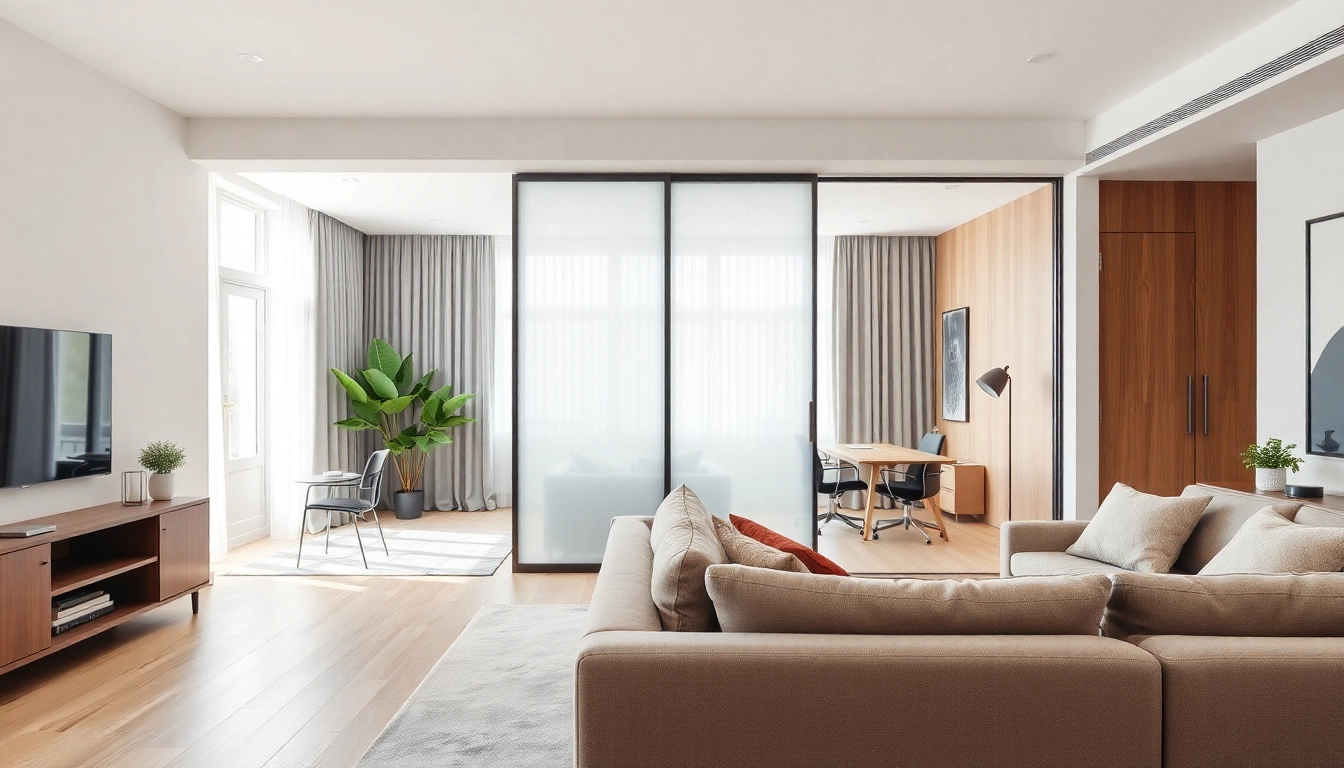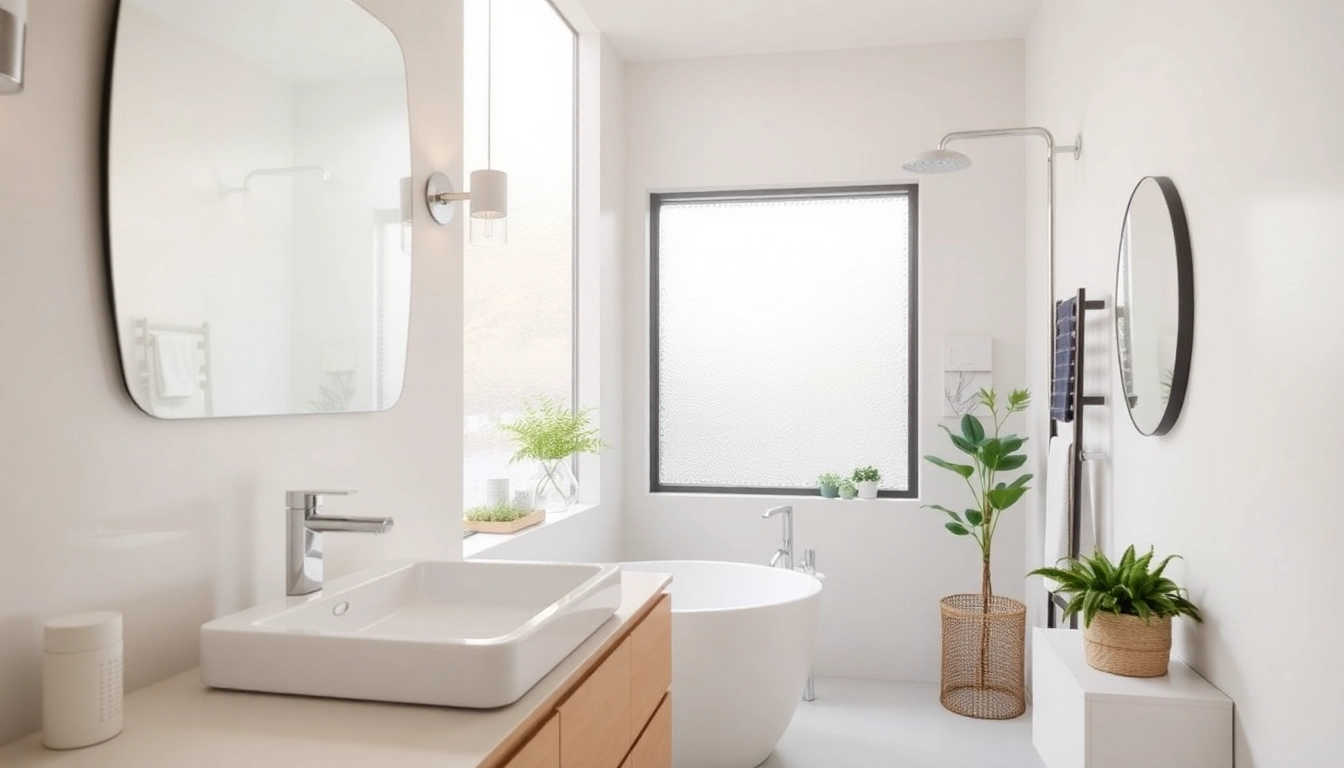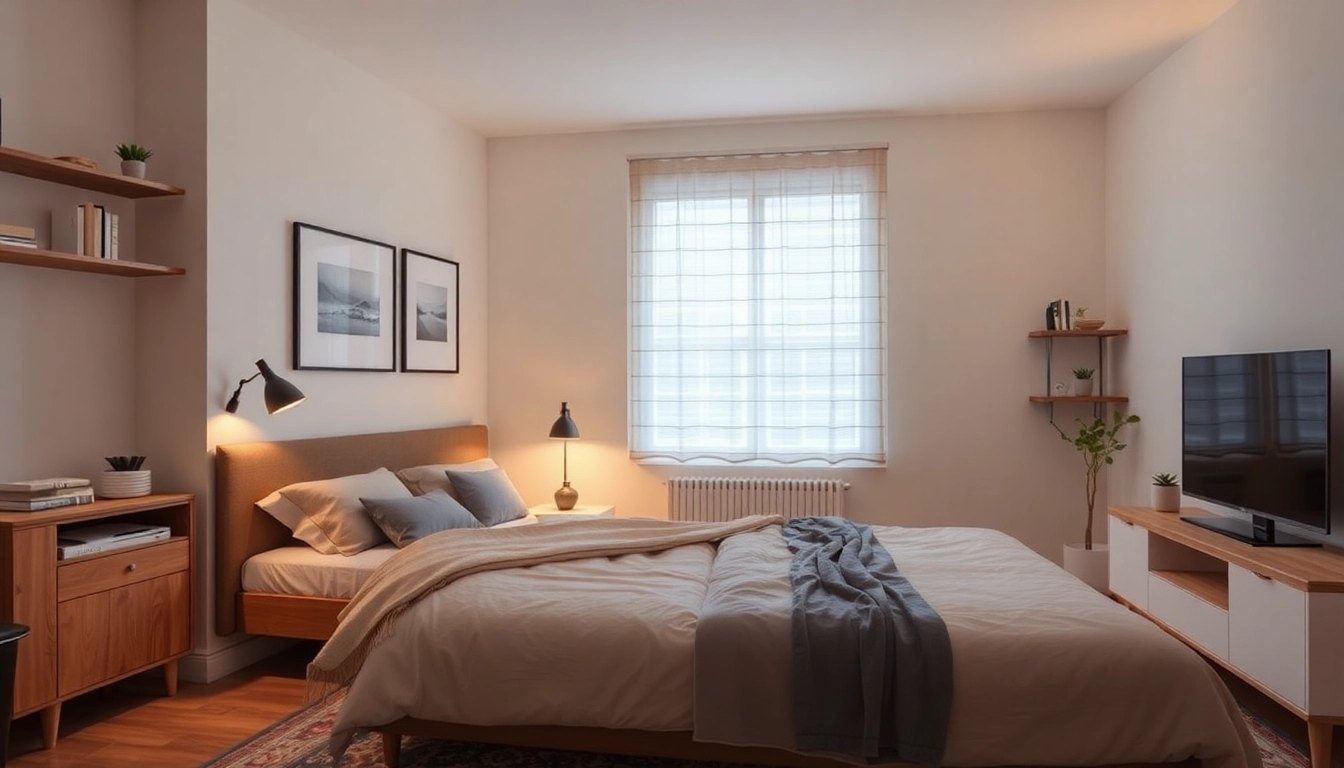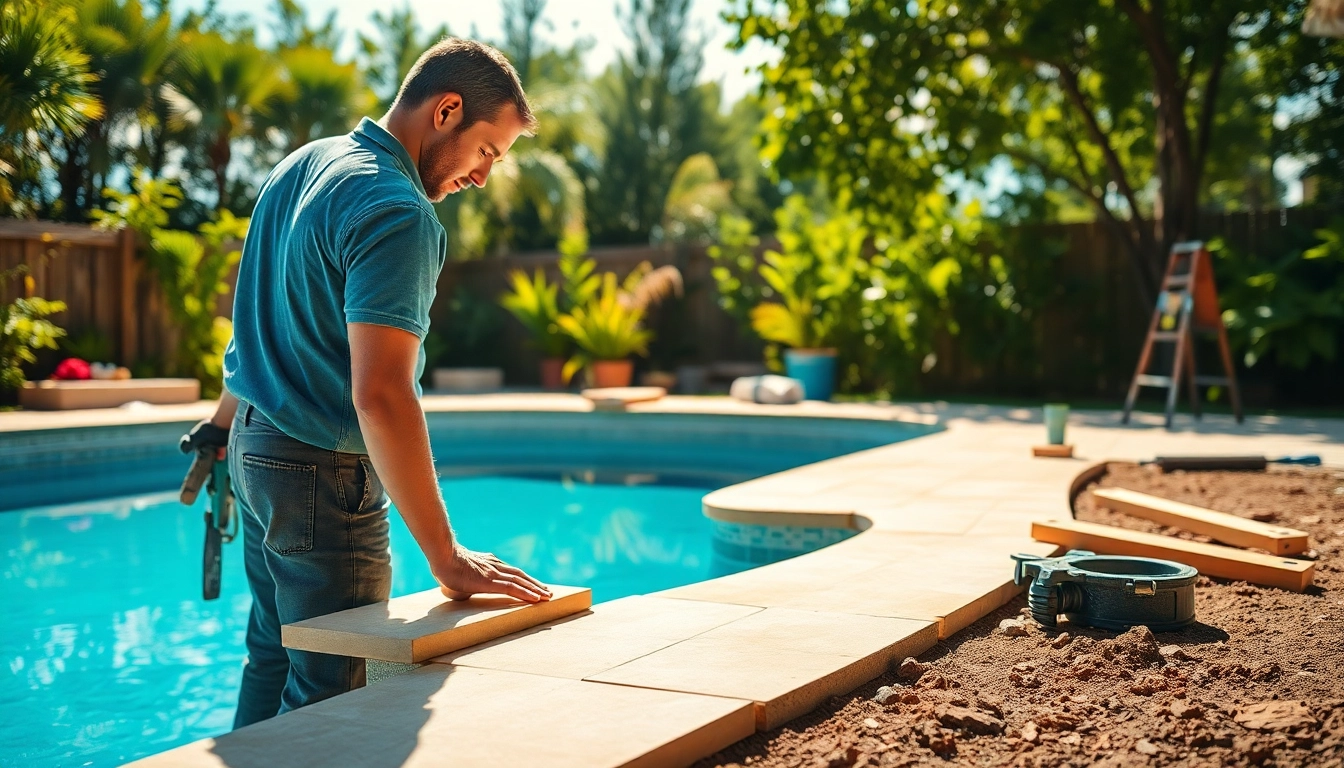Understanding Sliding Partition Walls
What is a Sliding Partition Wall?
A sliding partition wall serves as a versatile solution for dividing spaces without the need for permanent structures. These walls typically operate on a track system, enabling them to slide open or closed, and can be constructed from a variety of materials. Whether used in residential living areas, offices, or event spaces, sliding partition walls offer a flexible method for managing room layouts and privacy.
Benefits of Using Sliding Partition Walls
The advantages of sliding partition walls are numerous:
- Space efficiency: Unlike traditional walls, sliding partitions take up minimal space when opened, allowing for larger, more adaptable areas.
- Flexibility: These partitions can be rearranged or removed, enabling quick reconfigurations of spaces for different functions.
- Cost-effectiveness: Sliding partitions often reduce the need for costly renovations, minimizing structural adjustments.
- Aesthetic appeal: Available in various materials and designs, these walls can enhance the overall decor of a space.
- Improved acoustics: Many sliding partitions are designed to provide sound insulation, making them suitable for areas requiring privacy.
Common Materials Used
Sliding partition walls can be constructed from several materials, each suitable for different applications:
- Wood: Offers a classic look and warmth, making it popular for homes and cozy environments.
- Glass: Ideal for modern aesthetics, glass partitions allow natural light to flow while maintaining visual separation.
- Metal: Often used in commercial settings for durability and industrial appeal.
- Fabric: Used for lightweight, portable options, especially in temporary setups or event spaces.
Choosing the Right Sliding Partition Wall for Your Space
Factors to Consider in Design
When selecting a sliding partition, consider the following factors:
- Purpose: Determine the primary function of the space to decide the appropriate material and style.
- Space layout: Analyze the existing layout to ensure the sliding wall can be effectively integrated without obstructing traffic flow.
- Design elements: Take into account color schemes, patterns, and finishes that will enhance your current decor.
- Height and width: Ensure the partition’s dimensions align with your requirements for dividing the space.
Size and Configuration Options
Sliding partition walls come in various sizes and configurations. Some common options include:
- Single-panel: Best for smaller openings and quick access.
- Multi-panel: Ideal for larger spaces, allowing for more extensive divisions.
- Foldable: Some options can fold and stack against a wall, offering maximum space when opened.
- Curved configurations: To fit atypical spaces or create a more fluid aesthetic.
Price Comparison Across Brands
Pricing for sliding partition walls varies based on material, brand, and functionality. Generally, wood and metal options will range from $500 to $1500, while glass partitions can start at around $1000 and go up based on thickness, finish, and installation complexity. Researching and comparing different brands such as Versare and The Sliding Door Company can provide insights into pricing structures, warranties, and customer satisfaction rates, ensuring you secure the best deal for your needs.
Installation Process of Sliding Partition Walls
Professional vs. DIY Installation
Deciding whether to hire a professional or tackle the installation of a sliding partition wall yourself depends largely on your skill level, the complexity of the wall, and your comfort with tools. For those experienced in home improvement, DIY installation can save money, while professionals ensure a flawless fit and finish.
Tools and Materials Needed
If opting for a DIY installation, certain tools and materials will be necessary:
- Drill
- Screwdriver
- Stud finder
- Measuring tape
- Level
- Sliding track system and partition panels
- Wall anchors and screws
Step-by-Step Installation Guide
Here is a simplified step-by-step guide for DIY installation:
- Measure the space: Accurately measure the area to determine the needed size of the partition.
- Mark the installation area: Use a pencil to mark where the track will be attached to the wall.
- Install the track: Secure the track to the wall using a drill and wall anchors, ensuring it is level.
- Hang the panels: Follow instructions to hang the panels onto the track securely.
- Test the movement: Slide the panels back and forth to ensure they move smoothly and make adjustments as necessary.
Creative Design Ideas for Sliding Partition Walls
Integrating Art and Functionality
Sliding partition walls can double as artistic statements in your interior design. For instance:
- Custom artwork: Consider using a glass partition embedded with artwork or imagery.
- Murals: Wood panels can serve as a canvas for unique murals or designs that express your style.
- Interactive features: Install whiteboard or chalkboard surfaces for multifunctional designs useful in office spaces.
Color Schemes and Finishing Touches
When selecting colors and finishes for your sliding partitions, consider:
- Complementing existing decor: Choose colors that harmonize with your current color scheme.
- Focal points: Use bold colors or finishes to draw attention to the sliding wall as a design feature.
- Material textures: Mix different textures such as glass with metal or wood to add depth and visual interest.
Real-Life Examples and Inspirations
Many contemporary homes have successfully integrated sliding walls as highlighted in various publications:
- Modern loft apartments utilize glass sliding walls to separate living and dining areas without sacrificing light.
- Creative office designs often utilize movable walls for collaborative workspaces, as seen in tech companies.
- Event spaces showing flexibility use fabric sliding panels to create multi-functional rooms.
Maintaining and Caring for Your Sliding Partition Wall
Routine Maintenance Tips
To ensure your sliding partition wall continues to function smoothly, regular maintenance is key:
- Clean tracks: Periodically clear dirt and debris to prevent jamming.
- Check alignment: Regularly inspect to ensure panels remain aligned with the track.
- Lubrication: Apply appropriate lubricant to sliding components to ensure smooth operation.
Common Issues and Solutions
Some common problems with sliding partition walls include:
- Jamming: If panels jam, check tracks for obstructions and proper installation.
- Alignment issues: If panels don’t align, adjust the mounting brackets or track.
- Noise: Noisy operation may indicate a need for lubrication or that the panels are misaligned.
When to Seek Professional Help
If you encounter persistent issues or complexities beyond your skills, enlisting a professional can save time and ensure your sliding wall is installed and functioning efficiently. Consider consulting with contractors who specialize in partition systems for advice or installation services.



